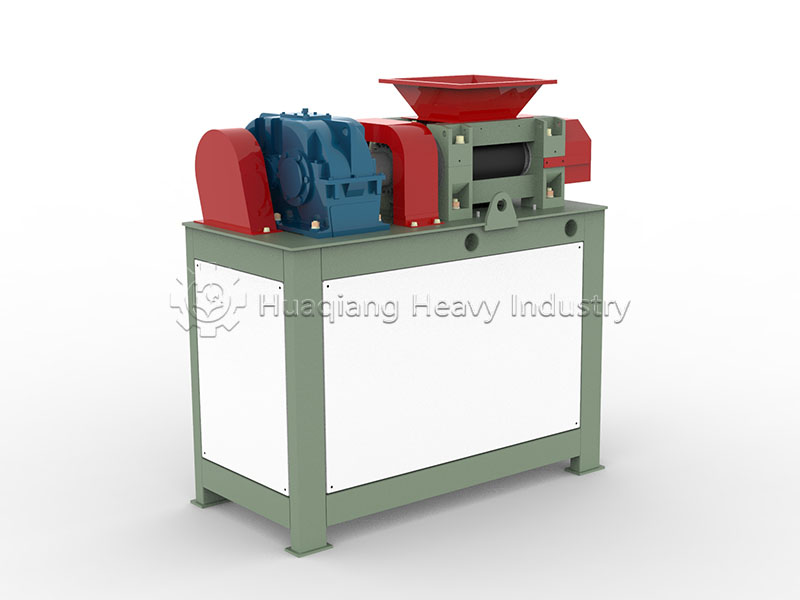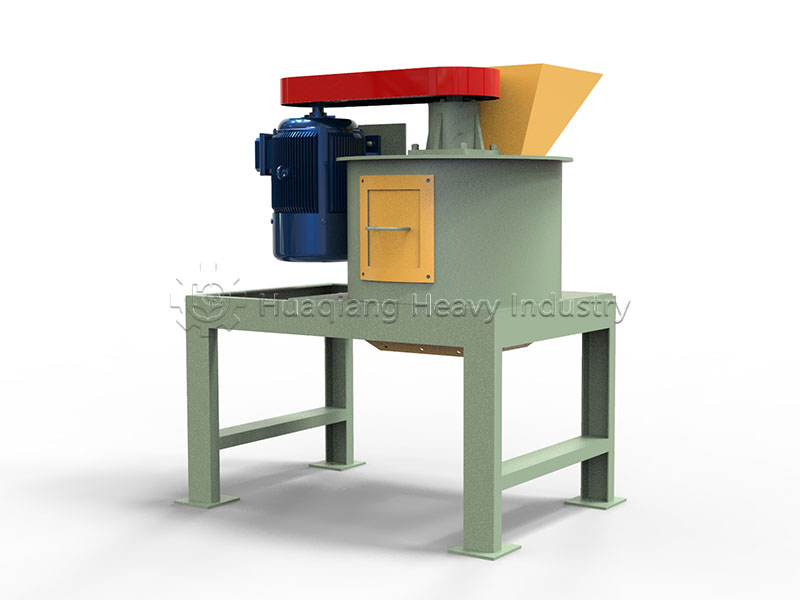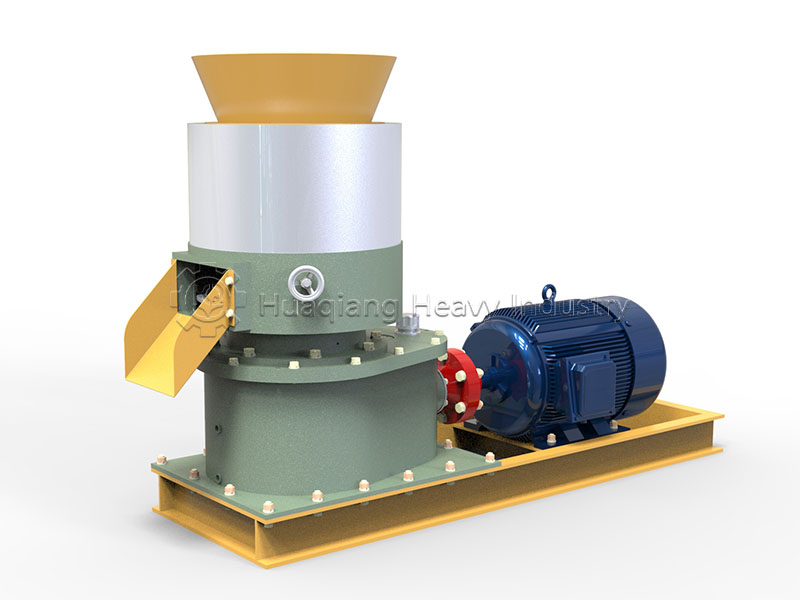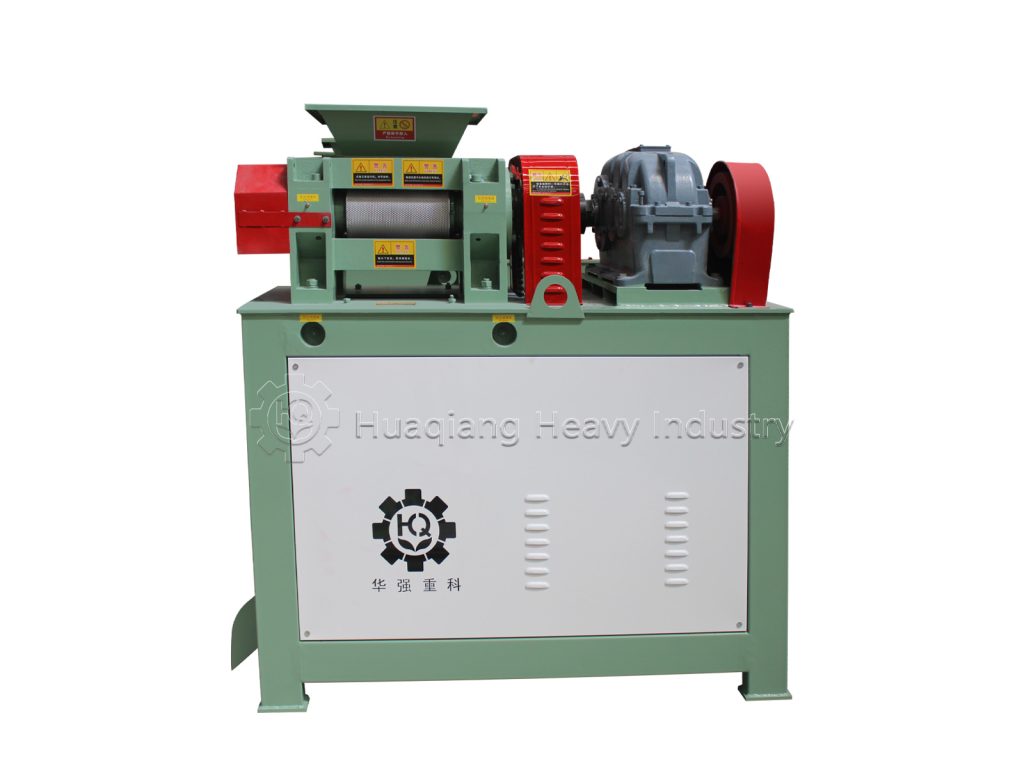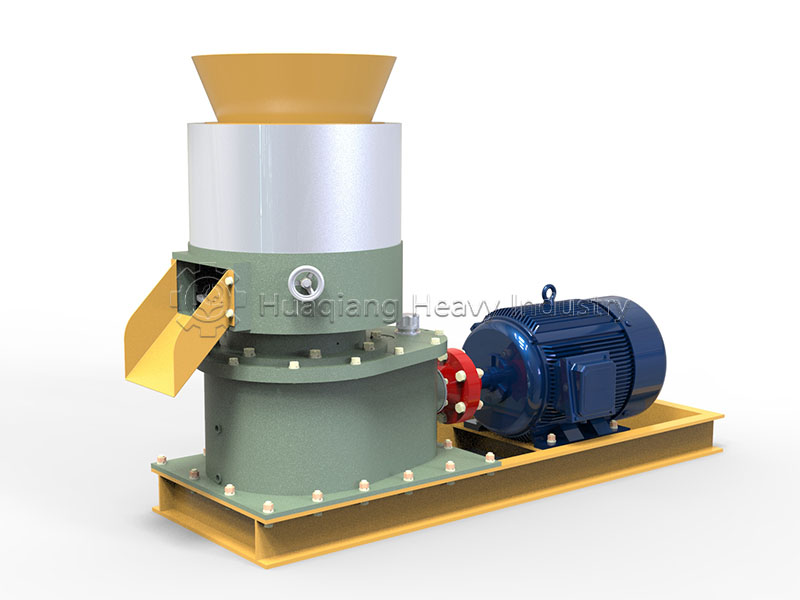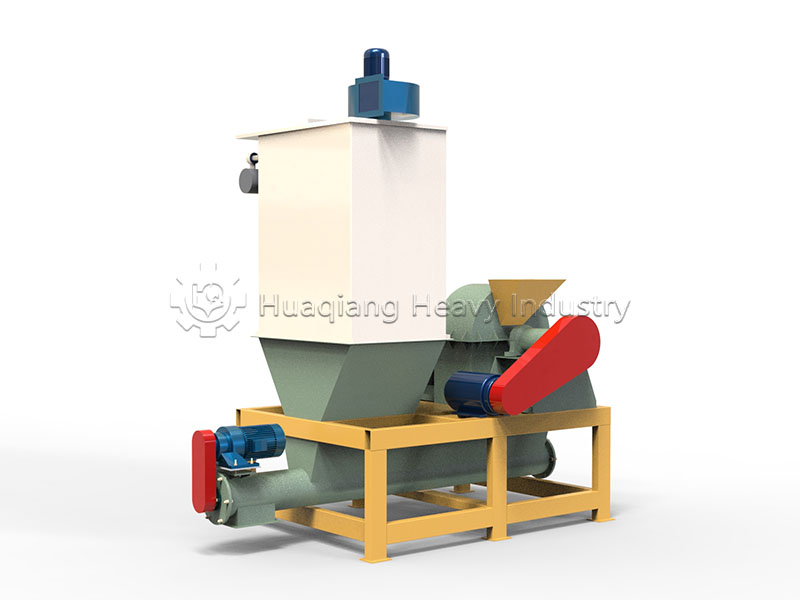Applicable to multiple industries, disc granulators offer a wide range of applications
Disc granulators are not limited to fertilizer production. Their outstanding granulation capabilities make them a valuable tool for a variety of industries, including metallurgy, building materials, and chemicals.
In the metallurgical industry, metal ore powders such as iron ore and manganese ore are processed into granules by disc granulators, facilitating subsequent sintering and smelting processes. This not only improves resource utilization, but also reduces production waste and lowers production costs.

In the building materials industry, disc granulators are used to produce cement raw material granules, ceramsite sand, and other building material granules. The granulation of cement raw materials improves their combustion properties, thereby enhancing cement quality.
In the chemical industry, disc granulators can granulate a variety of chemical raw materials, including catalysts, pigments, and detergents. The resulting chemical products exhibit improved flowability and stability, significantly enhancing product performance and meeting the high standards of chemical production.
